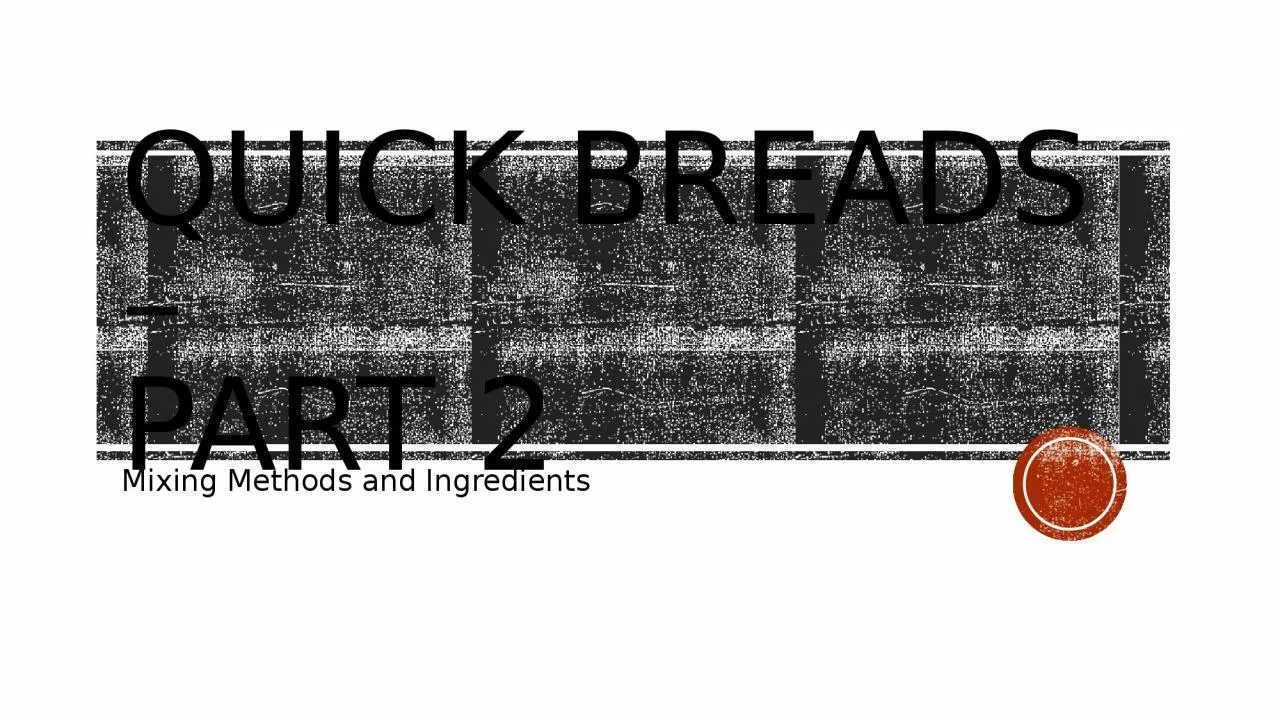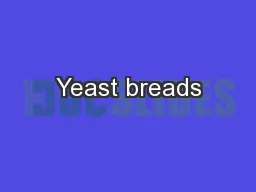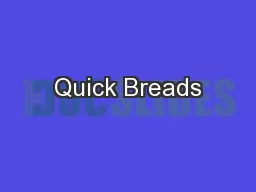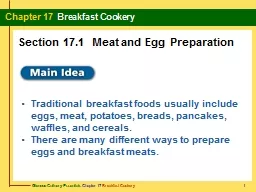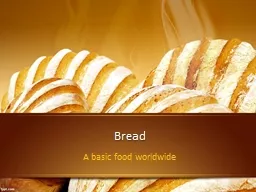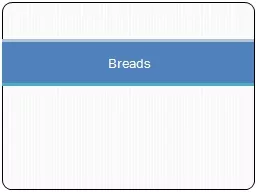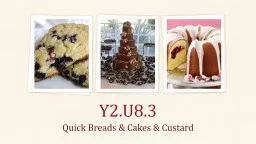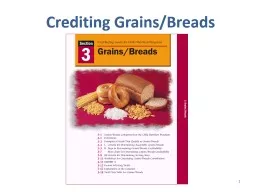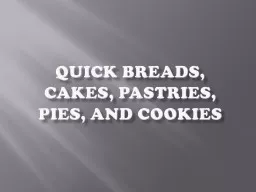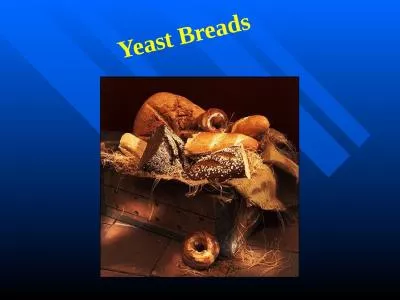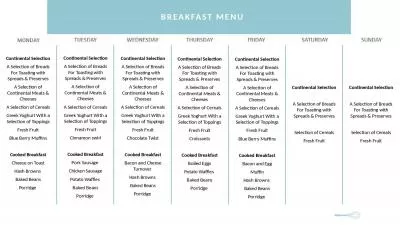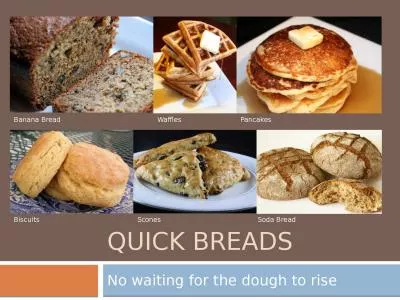PPT-Quick Breads – Part 2
Author : CountryBumpkin | Published Date : 2022-08-03
Mixing Methods and Ingredients Two types Review Pour batter Drop batter Pancakes waffles crepes popovers Muffins biscuits amp loaf breads Mixing Methods Muffin
Presentation Embed Code
Download Presentation
Download Presentation The PPT/PDF document "Quick Breads – Part 2" is the property of its rightful owner. Permission is granted to download and print the materials on this website for personal, non-commercial use only, and to display it on your personal computer provided you do not modify the materials and that you retain all copyright notices contained in the materials. By downloading content from our website, you accept the terms of this agreement.
Quick Breads – Part 2: Transcript
Download Rules Of Document
"Quick Breads – Part 2"The content belongs to its owner. You may download and print it for personal use, without modification, and keep all copyright notices. By downloading, you agree to these terms.
Related Documents

